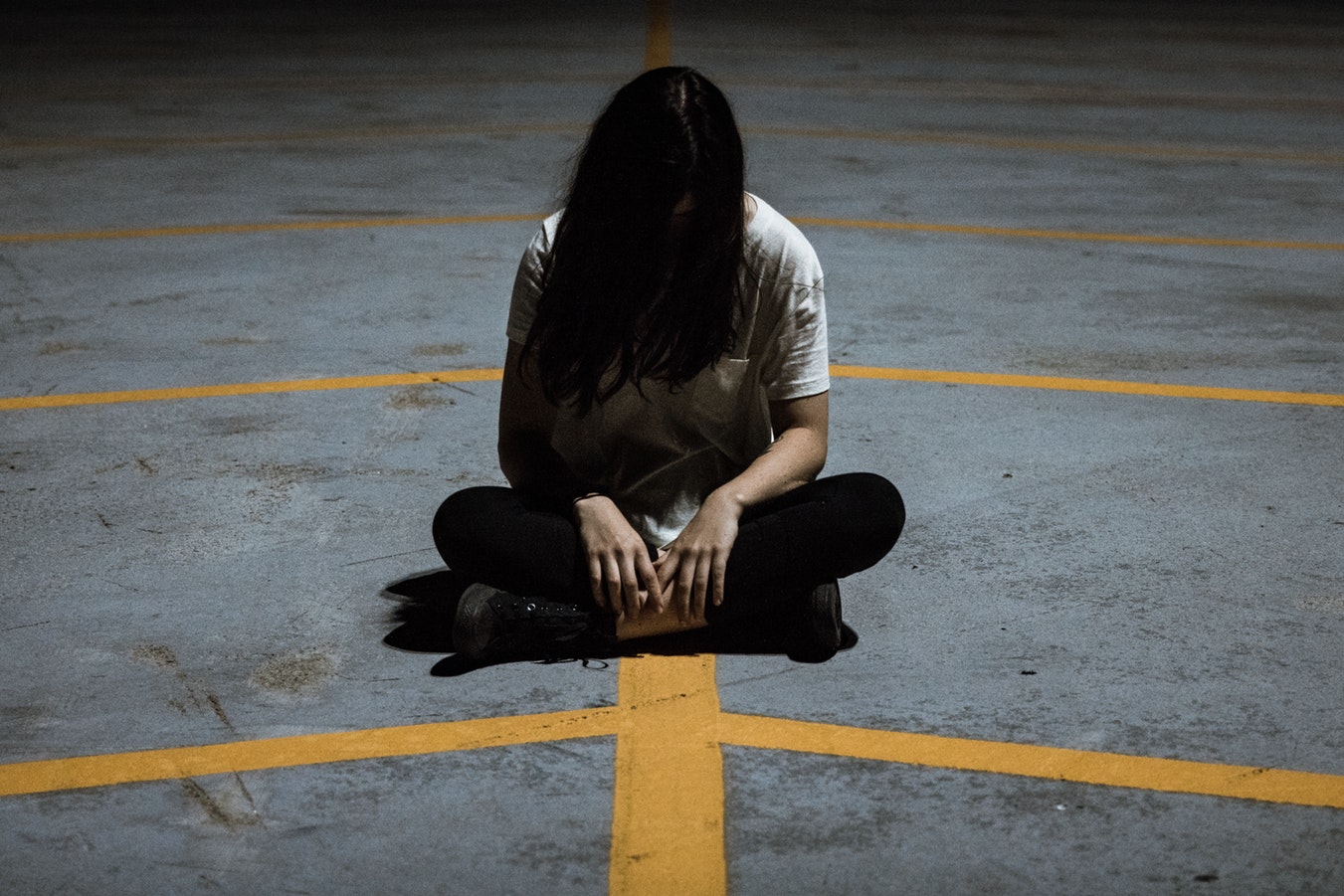Suicide in India: Do We Need a New Approach to Prevention?
By Amrita Tripathi
India has finally moved to de-criminalise suicide — can we hope that this is a step towards understanding the nature of the issue? With treatment and prevention options long seen through a prism of “Western” best practices, is there a need to take a closer look at some of the factors that are unique to India, and other developing countries in South Asia?
I asked Professor U Vindhya (Professor of Psychology and Chairperson, School of Gender Studies, TISS Hyderabad) for more insight into the need for different approach to suicide prevention in India, and a deeper understanding of the systemic issues that for example, the state still needs to address.
1. Going through this monograph Suicide in SAARC Countries*, one is struck by the need for South Asia to adopt a different (and multi-pronged) approach to dealing with suicide and suicide prevention.
To quote* from the monograph:
“A striking feature of the occurrence of suicide in developing countries is that the relationship between mental illness and suicide is not as pronounced as in the west where nearly 90% of suicides are said to be associated with some form of mental illness.”
It goes on to document some of the everyday stresses — social, economic and cultural factors. Can you share some insight on this?
Prof. Vindhya:
While suicide is of course a personal, individual act, there is a long-standing debate on what is the responsibility of societal factors that drive individuals to choose this option. The magnitude of the problem in developing countries and in India in particular is a pointer to systemic factors. This finding places the onus on structural inequalities and the distress and frustrations that such inequities unleash on people. A case in point is the large scale suicides of farmers.
Suicide prevention however focuses on individuals and interventions such as helplines are oriented towards helping people to come out of the ‘tunnel vision’ that suicidal ideation induces in them making them think that taking their lives is the only way out.
There are several organisations such as Sneha in Chennai who work with vulnerable groups such as students at risk during situations like exams and announcement of results. While of course such initiatives are undoubtedly essential and help in saving precious lives, we need to remember that the state too is accountable.
To give an example, suicide among students in Japan following failure to get admission to Universities was very high a few decades ago. There was a marked reduction in the number of suicides when the government introduced changes in the evaluation pattern that enabled more students to get in.
2. Do you think that conversations about mental health are increasing, and do they help lift the stigma? Have you seen any change in the past decade or so, when it comes to conversations on mental health?
Prof Vindhya:
Yes, certainly. Though the change is mostly seen in urban settings, it is perceptible compared to what the scene was a decade or more ago. It is now mandatory for CBSE affiliated schools to have counsellors, several cities and even smaller towns provide counselling services for a range of psychological concerns, TV talk shows and newspaper columns provide information on mental health and to some extent break the barrier of stigma by making the issue visible and ‘normalising’ it. These dialogues also serve the goal of prevention and promotion of mental health.
I wrote a column in a Telugu daily, Andhra Jyoti for about 5 years on issues of mental health, responding to readers’ queries, and I was struck by the fact that it was readers from small towns who were seeking out information and guidance.
Corporate organisations have employee assistance programmes which are geared towards helping employees overcome emotional difficulties and also have suicide risk assessment.
3. What are 3 misconceptions about mental health/ mental illness that you wish everyone knew / you would like to correct?
Prof Vindhya:
- That mental health and illness are discrete categories. In fact mental health/disorder is a continuum and depression, anxiety, mood swings are to be found in all of us, and it is not as if they are ‘out there’, symptoms of ‘mad people’.
- Recovery is not possible and that once a person is afflicted, there is no hope. In fact when a person seeks out professional help, half the battle is won.
- The mentally ill are dangerous and need to be confined.
4. You would perhaps be uniquely placed to also share some insight into mental health + gender equations? What are some of the issues where gender also plays a role?
While severe mental disorders such as schizophrenia have a biological basis and no sex differences (women and men are equally likely to be affected), common mental disorders such as depression are likely to be more represented in women.
The causes for the latter are psychosocial in origin and include factors such as the disproportionate burden of domestic responsibilities on women, different forms of violence against women, and even poverty (which affects men and women differentially).
However, our National Mental Health Programme is heavily oriented towards severe mental disorders and psychiatric treatment including medication. This means that the kind of services which women need for common mental disorders are not prioritized and this is a gap that needs to be filled. These services include non-medical services such as professional counselling and specifically, using approaches such as gender-sensitive/feminist counselling to make connections between the position and roles women play in society and the mental health consequences.
There are however small changes and advocacy efforts of several non-governmental organisations such as the Dilaasa initiative located in public hospitals in Mumbai use a women-oriented crisis intervention approach involving emotional support and care.
We in TISS Hyderabad have recently entered into an agreement with the Govt. of Telangana to offer knowledge support for the implementation of what are known as One Stop Centres to address gender-based violence and its physical and mental health consequences including suicide attempts and ideation.
5. And finally, are there any dangerous practices you’d like to highlight/ alternative methods of “curing” mental illnesses?
Prof Vindhya:
There are several folk mental health traditions that continue to exist in India, and people seek out these traditional healing practices in times of mental ill-health. The tragic fire incident of what came to be known as the ‘Erwadi’ case in 2001 wherein 28 people who had been chained in a faith-based asylum were charred to death drew the country’s attention to protection of human rights of the mentally ill. Shackling people and confining them on the grounds that the mentally ill are ‘dangerous’ are practices that cannot be allowed. However this does not imply that the authority of the bio-medical model in treatment of mental illness should be regarded as absolute. In my opinion, people have the right to seek alternative modes of healing that give them solace and relief.
*(Galab, S., Vindhya, U. and Revathi, E. Suicide in SAARC countries: Multidisciplinary perspectives and evidences. Centre for economic and social studies, Hyderabad, 2010)





Pingback: Death by Suicide: Answering Some Key Questions
Pingback: Mental Health in India: Which Treatment Model Works Best?
Pingback: We Need to Talk: Suicide and Suicide Prevention